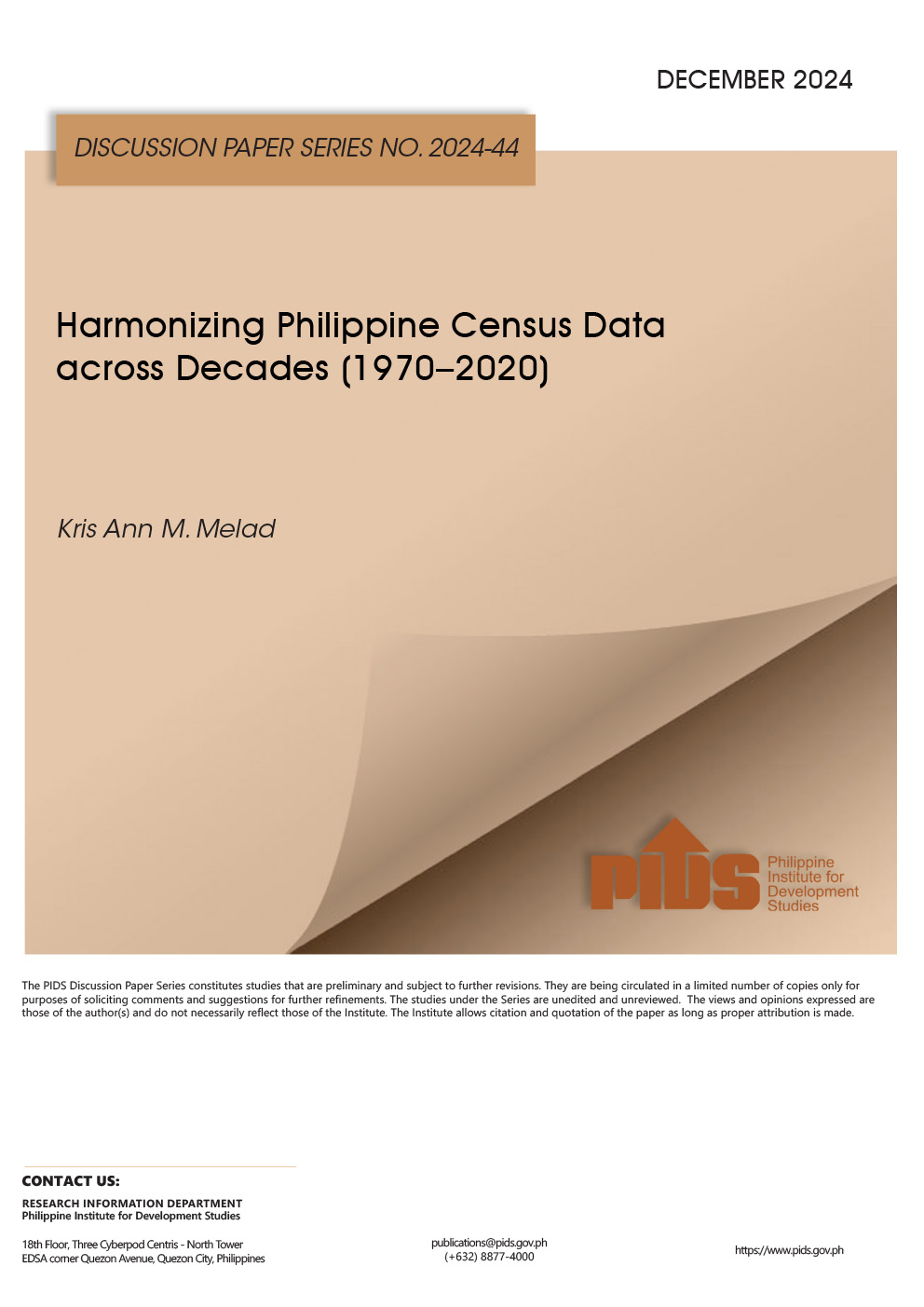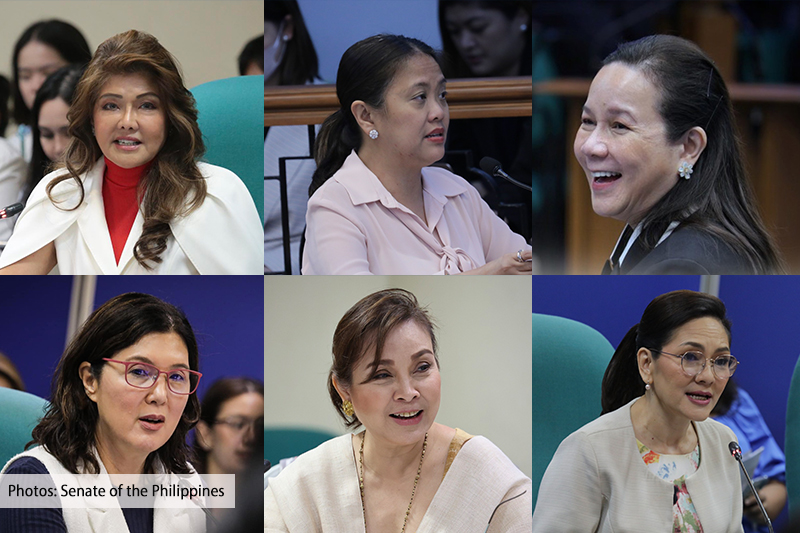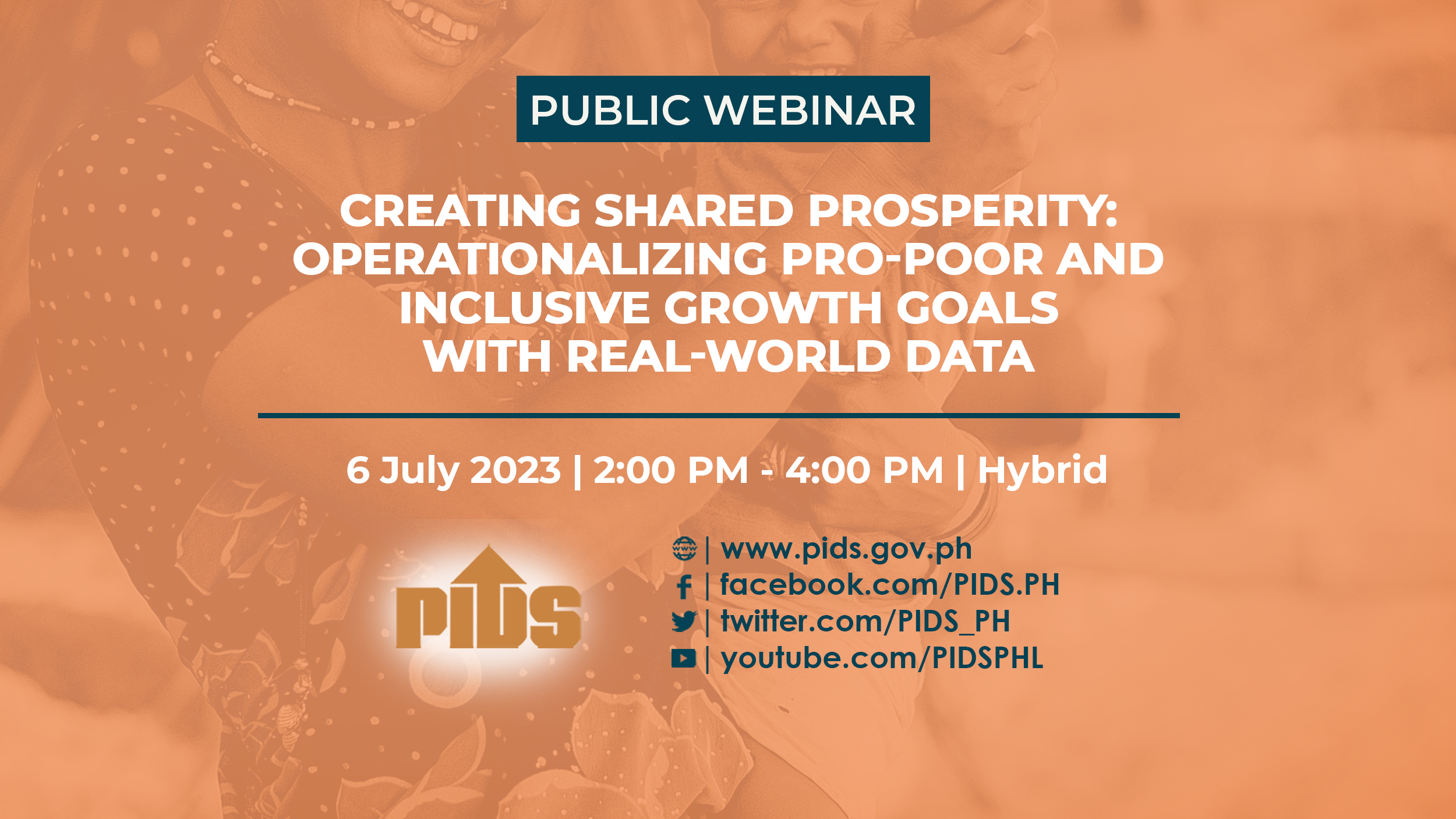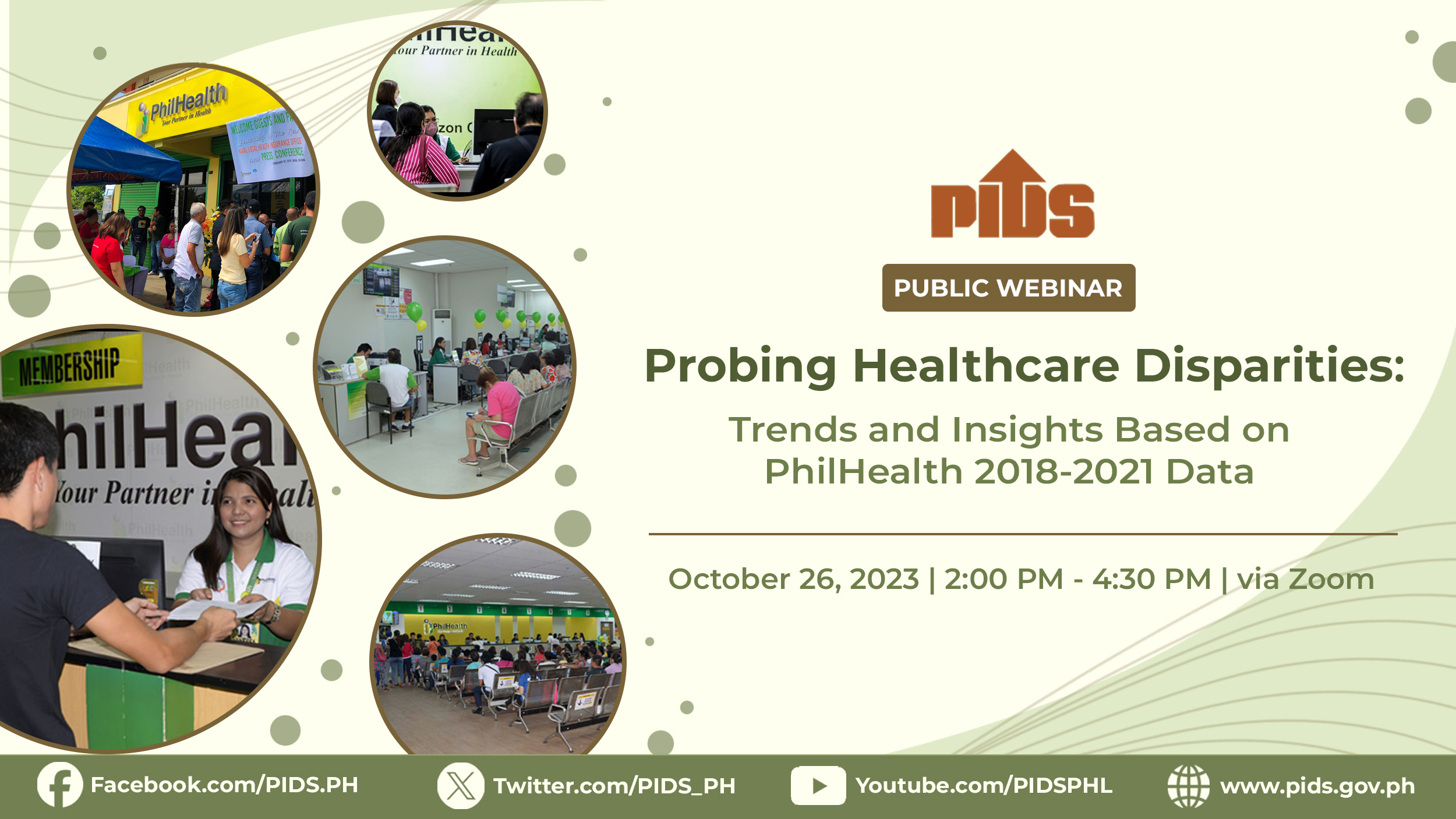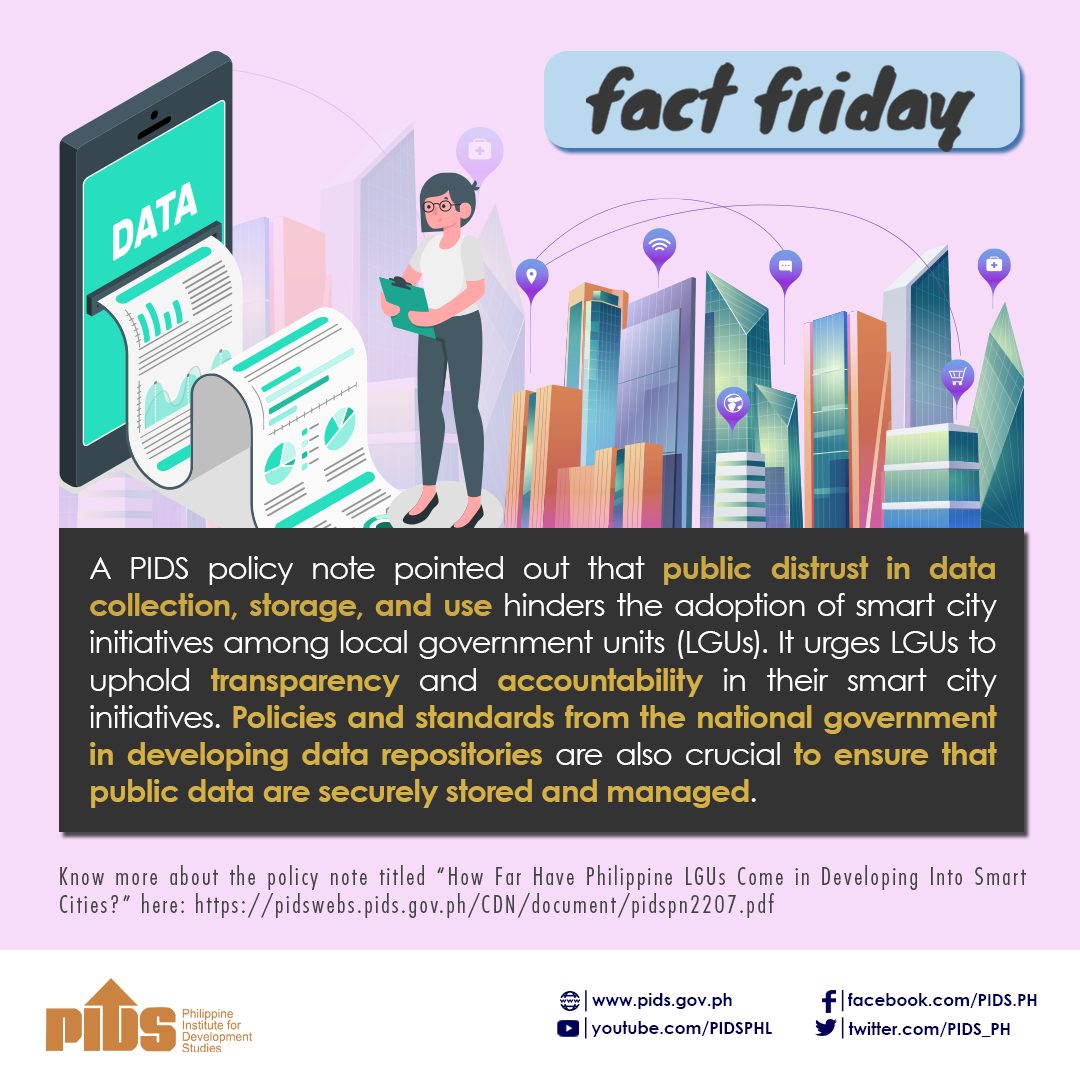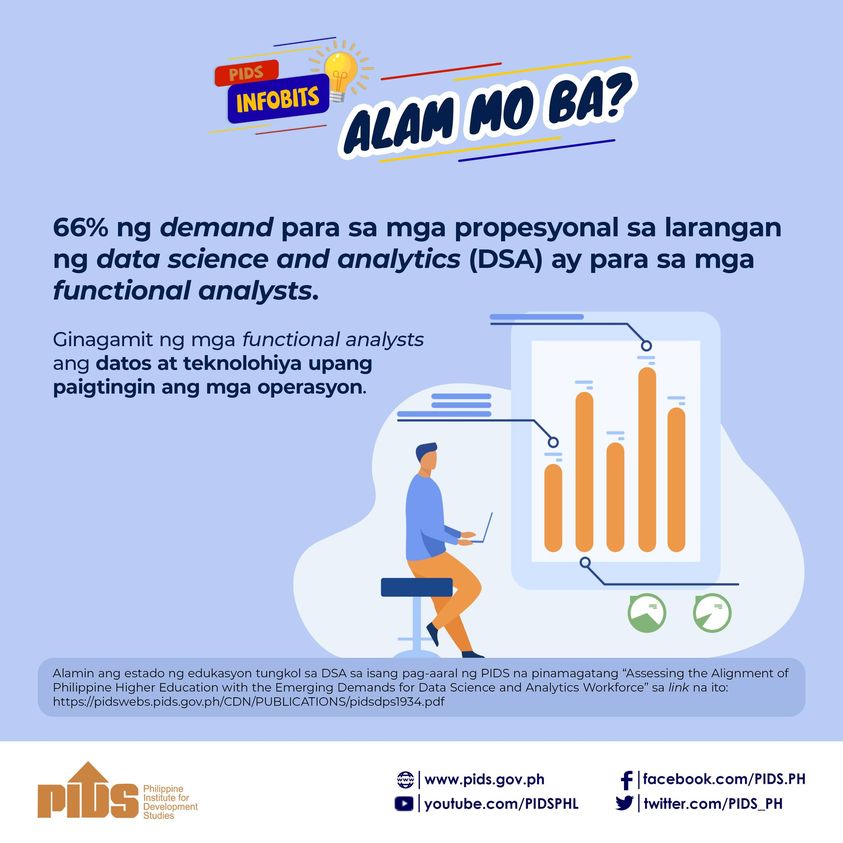The so-called inclusive growth which is the lynchpin of President Aquino’s economic policy or what the administration calls "Aquinomics” has been shown as a complete myth based on government figures that showed the poverty level worsening to 25.8 percent in the first half of 2014 from 24.6 percent a year ago.
Poverty worsened despite the 6.1 percent economic growth last year that was said to be the second fastest in Asia after China.
The 2013 figure was frequently used by President Aquino to The claim that poverty incidence improved during his term by comparing this with the 27.9 level in 2012, although the figures were arrived at using different formula that tended to embellish the figure.
The 2013 data used the Annual Poverty Indicators Survey (APIS) formula compared with the 2012 Family Income and Expenditure Survey (FIES).
The 2014 data also used the APIS formula.
Economists said that the poverty levels using the two different formulas are not exactly comparable.
The 25.8 percent poverty level means 26 out of 100 Filipinos are poor and puts the Philippines having the highest poverty incidence among the six biggest Association of Southeast Asian Nations (Asean) members (Indonesia, Malaysia, Philippines, Singapore, Thailand, and Vietnam).
The Philippines poverty record would be comparable to our poorest Asean neighbors Laos (27.6 percent, 2008) and Myanmar (26.5 percent, 2008) and Myanmar (26.5 percent, 2009) rather than our richer counterparts. Even Cambodia, a poor emerging country, has a lower poverty incidence (20.5 percent, 2011) than the Philippines.
The Philippine Statistics Authority (PSA) said in the first semester of 2014, a family of five needed at least P6,125 on the average every month to meet the family’s basic food needs and at least P8,778 on the average every month to meet basic needs aside from food.
Both indicate increases of about 9.5 percent in food threshold and 9.4 percent in poverty threshold between 2013 and 2014, according to PSA.
The National Economic and Development Authority (NEDA) blamed the rise in the poverty incidence to government restrictions on rice imports and the lingering effects of a typhoon Yolanda, which happened almost two years ago.
Socio-economic Planning Secretary Arsenio Balisacan said the higher food prices, particularly of the staple rice, and effects of Yolanda that devastated the central Philippines wiped out gains in per capita income.
Baliscan said the increase in poverty could have been avoided by better management of food supplies nationally, particularly rice which accounts for 20 percent of the budget of low income families.
"Just at the time when the world price of rice was declining, the domestic price of rice was skyrocketing,” Balisacan said.
Rice prices rose 11.9 percent in the first half of 2014 as supplies tightened due to lean harvests and lower imports.
Balisacan said data in 2014 showed the government’s income redistribution program and policies to attract investment benefited the poor, but the higher inflation eroded incomes.
Even the state-owned think tank Philippine Institute for Development Studies (PIDS) in a study branded as inaccurate Aquino’s claim that the poverty level in the country was on a downtrend using different formulas in arriving at the 2013 and 2012 figures.
Aquino has often used the poverty estimate to prove the economic conditions of Filipinos are improving and even attributed the reduction in poverty to the impact of the government’s version of the conditional cash transfer program, Pantawid Pamilyang Pilipino Program.
Even the World Bank, in its August 2014 issue of the Philippine Economic Update, similarly described improving poverty conditions using the data.
In a policy note that PIDS released, its authors argued that while these descriptions of poverty are based on official statistics, the April 2014 press release of the PSA did not actually report a "drop” in poverty incidence from 2012 to 2013.
"PSA mentioned that 24.9 percent of Filipinos were poor in the first semester of 2013, and that in the same period in 2012, poverty incidence among Filipinos based on the 2012 Family Income and Expenditure Survey (FIES), was recorded at 27.9 percent,” PIDS Senior Research Fellow Jose Ramon Albert and co-author Arturo Martinez in "Is poverty really decreasing? And if not, Why not?”
But isn’t 24.9 percent a decline from 27.9 percent?
"Seemingly, yes, but in this case, no. To compare statistics, their methodologies should be equivalent,” Albert explained.
The PSA’s technical notes stated that the source of poverty data on the first half of 2013 is the 2013 APIS, a nationwide sample survey designed to provide information on the different indicators related to poverty and uses a different questionnaire from that of the 2012 FIES.
Former Budget Secretary Benjamin Diokno raised the same argument to disprove the Aquino’s claim of poverty reduction under his term.
In a Labor Day speech last year, Aquino said the poverty incidence had improved by three percentage points which he claimed to have been the result of his policies using the "tuwid na daan” dictum.
The figures were compared with the 27.9 poverty incidence based on the 2012 FIES.
"The two numbers are not exactly comparable,” according to Diokno.
He said the APIS was based on a smaller sample (10,864 respondents) and shorter questionnaire (32 pages, 6 pages on expenditure and 19 pages on income) while the FIES has a sample size of 42,618 and a lengthier questionnaire (78 pages, 47 pages for expenditure and 24 pages on income).
Diokno said since the APIS results are based on a small sample, it does not give the overall poverty picture for the entire country.
"It cannot be used to analyze regional and provincial poverty incidence. The FIES results, on the other hand, allows a more detailed poverty picture, down to the provincial level, and hence allows more focused and pinpointed policy intervention,” he added.
He added the poverty threshold used in the APIS study appears unreasonably low.
Balisacan noted that per capita income in the first semester of 2014 was higher by 6.4 percent than in 2013.
Among the bottom 30 percent of income-earners, per capita income increased by about 7.3 percent in the same period in the previous year.//

